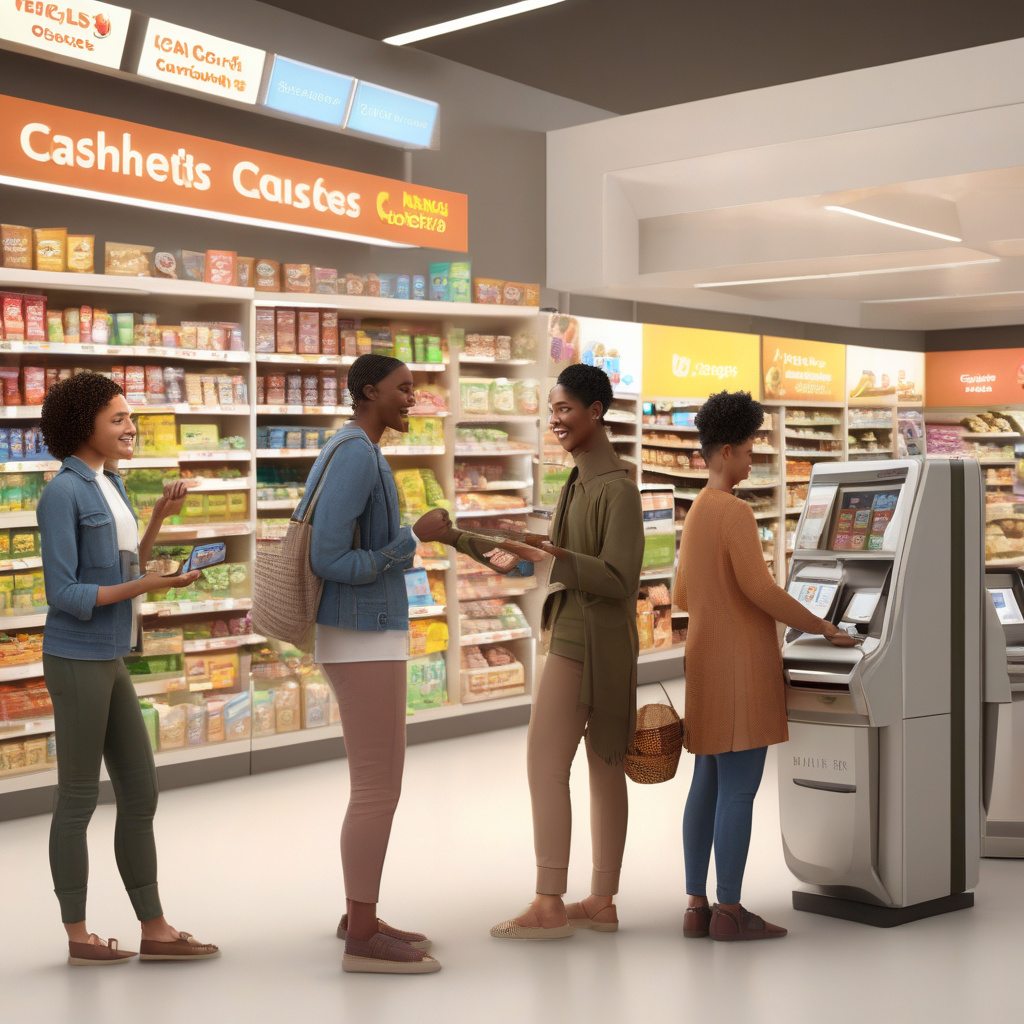The Rise of Cashless Payments in Self-Service Retail
Cashless payments have been on the rise in recent years, with self-service retail leading the way in embracing this convenient and efficient payment method. As technology continues to advance and consumer preferences shift, the traditional cash-based transaction is quickly becoming a thing of the past in many retail environments.
One of the main drivers behind the acceleration of cashless payments in self-service retail is the convenience it offers to both customers and businesses. By allowing customers to pay with their credit or debit cards, mobile wallets, or even through contactless methods such as Apple Pay or Google Pay, retailers are streamlining the checkout process and reducing the need for physical cash handling. This not only saves time for customers but also increases operational efficiency for businesses.
Moreover, cashless payments in self-service retail can lead to an increase in sales and revenue. Research has shown that customers tend to spend more when using cards or digital payment methods compared to cash. This is because cashless transactions remove the physical barrier of parting with money, making it easier for customers to make impulse purchases or opt for more expensive items.
Another significant benefit of cashless payments in self-service retail is the enhanced security it provides. With cash transactions, there is always a risk of theft or counterfeit money, putting both customers and businesses at risk. By transitioning to cashless payments, retailers can create a more secure environment for transactions, reducing the likelihood of fraud and theft.
Furthermore, the data collected through cashless transactions can provide valuable insights for retailers. By analyzing customer purchasing behavior and preferences, businesses can better understand their target audience and tailor their marketing strategies accordingly. This data-driven approach can lead to more personalized and effective marketing campaigns, ultimately driving sales and customer loyalty.
Despite the numerous benefits of cashless payments in self-service retail, there are still challenges that need to be addressed. One of the main concerns is the digital divide, where certain demographics may not have access to bank accounts or smartphones to make cashless payments. Retailers must ensure that they provide alternative payment options for these customers to ensure inclusivity and accessibility.
In conclusion, the shift towards cashless payments in self-service retail is set to continue as technology advances and consumer preferences evolve. By embracing this trend, retailers can improve efficiency, increase sales, enhance security, and gain valuable insights into customer behavior. With the right strategies in place to address challenges such as the digital divide, cashless payments have the potential to revolutionize the retail industry and shape the way we shop in the future.
cashless payments, self-service retail, digital transformation, consumer behavior, retail technology
